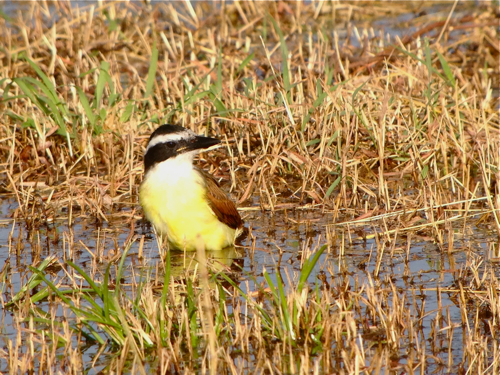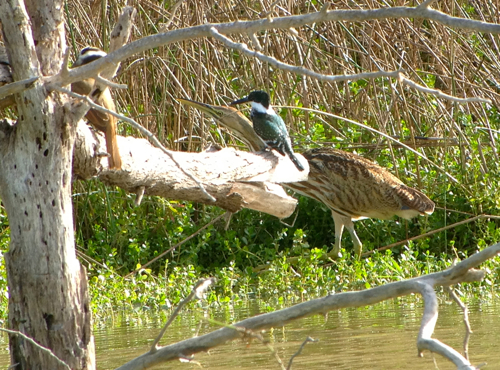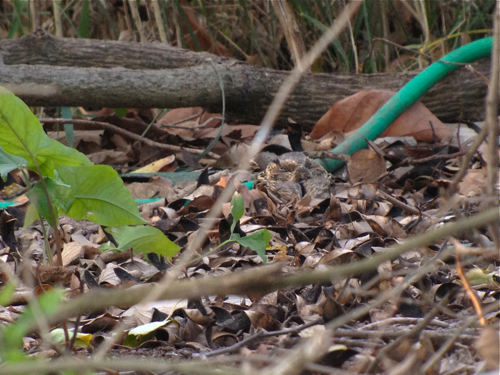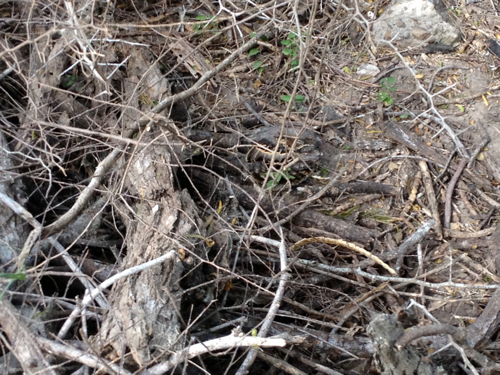I was recently at the Rio Grande Valley Bird Festival in Harlingen, TX. If you can't tell by how often I talk about South Texas, it's one of my favorite places to visit not only for the birds, but also for the great friends I've made at the festival. Next year is the 20th Anniversary of the festival, it should be a wild time and if you have never been, you should have it on your bucket list.

I have an odd checklist when I visit, I've seen almost everything I can possible see there but getting the key valley species as soon as I arrive is always fun (like the above great kiskadee). This time I went with a new friend that I made at the Biggest Week In Birding Festival in Ohio last May. She had never been to the valley so showing someone all those great Texas specialties for the first time is as fun for me as seeing them the first time.

I could spend several days at Estero Llano Grande (and have) and this photo though not the best on the planet is a great cross section of the amazeballs birding that can happen. In one scope view I have green kingfisher, American bittern and great kiskadee. I ask you, where else would you get such a great birding trifecta in the same field of view? South Texas, it's hard to beat.

I swear there is a bird in the above photo.
Estero is where the nightjar known as the common pauraque is relatively easy to find. I've posted about their camouflage before. And though we were able to find them easily in that same spot, we were pointed out more parauques by field trip leaders that were hunkered down in yards of people who live next to Estero. There's one in the above photo...can you find it (even Non Birding Bill was able to find to find it in the photo).

Yep. I swear there's a bird in the above photo too. That's the pauraque in the "usual spot" at Estero. There are actually about two or three in this spot (but only one in the above photo). I know brown birds aren't for everybody. I know that I can seem unreasonable in my love of things like native sparrows and pipits but you have to give it to pauraques as a brown bird. They at least stay in one spot for several hours to give you a chance to find them.
